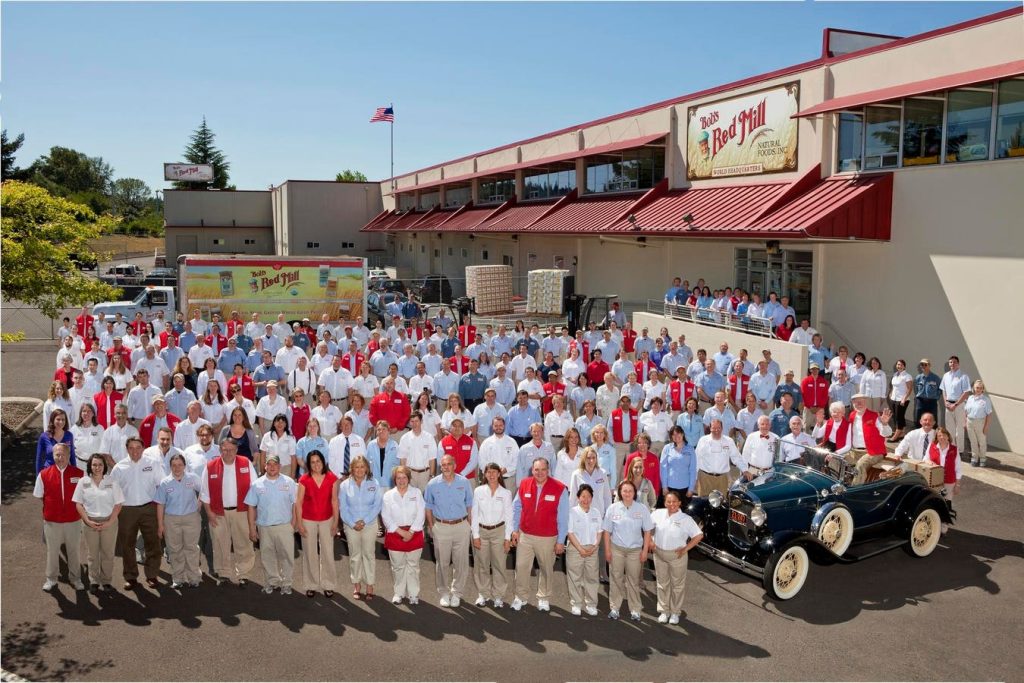Bob’s Red Mill, a pioneer in the health food industry, made the decision to establish an Employee Stock Ownership Plan (ESOP) in 2010 as a way of ensuring the financial security of its employees. By 2020, the whole grains food company had achieved 100% employee ownership, making it one of the few businesses in the United States to do so. Bob Moore, the founder of Bob’s Red Mill, had always been driven by a desire to do the right thing and share the success of the company with his employees, a vision that was reflected in the decision to create an ESOP and ultimately transition ownership to the workers.
After Bob Moore’s passing in February 2024, the ESOP proved to be pivotal in ensuring a smooth transition for the company. Despite numerous offers to sell the business to major food giants, Moore’s commitment to providing stability and security to the more than 700 employees remained unwavering. Trey Winthrop, the CEO of Bob’s Red Mill, who had worked alongside Bob Moore for nearly two decades, shared insights into the impact of thoughtful leadership on employees and the company’s journey towards 100% employee ownership.
The transition to 100% employee ownership in 2020 had a significant impact on the stability of Bob’s Red Mill during a critical period such as the passing of its founder. Winthrop highlighted examples where this stability was evident, such as employees feeling more secure about their future and being able to contribute to the company’s success without fear of acquisition or dramatic changes in ownership. The sense of shared ownership at Bob’s Red Mill has led to higher morale, increased productivity, and a spirit of collaboration among employees, enabling them to take pride in their work and the company’s success.
Navigating a leadership transition, especially after the passing of a charismatic and well-known leader like Bob Moore, can be challenging. However, Winthrop emphasized that the establishment of the ESOP was a critical part of the succession plan at Bob’s Red Mill, ensuring continuity and a clear vision for the company. By fostering a strong company culture with shared values and transparent leadership transitions over the years, the ESOP model has enabled Bob’s Red Mill to focus on its core mission without major disruptions in strategy or operations.
Looking ahead, Winthrop sees the role of ESOPs evolving in the business landscape, particularly as the baby boomer generation of business owners age and seek to transition their companies. He hopes that more entrepreneurs will consider adopting the ESOP model, as it not only serves as a shareholder and management succession plan but also as a qualified retirement plan that can enhance employee engagement and business continuity. Winthrop emphasized the importance of hiring the correct financial advisors and partners to ensure the success of an ESOP and navigate potential pitfalls effectively. Ultimately, he believes that ESOPs have the potential to become a more robust part of the economy, offering a unique and sustainable model for employee ownership and business longevity.













